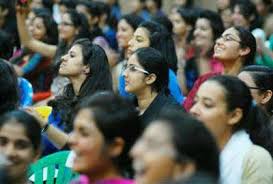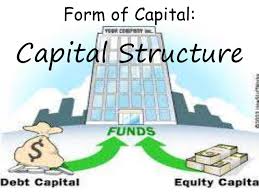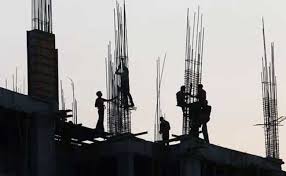This article aims to acquaint you with the stark reality of our country’s higher education.
While reading an article in an esteemed newspaper, I came across a very interesting , yet disturbing insight about the higher education sector of the country. On the political front, the National Policy on Education (NPE), 1986 and Programme of Action (POA), 1986(revised in 1992) are the last update made in the sector. These programmes have become obsolete and need to be updated. Work has been initiated in this respect which we cannot ignore the fact that we are too late to make the changes as a lot of wrong has already been done and cannot be reversed.
The higher education sector faces some serious issues which need to be rectified as soon as possible. The key areas where our sector is lagging behind is:
- Participation by all
- Equal access to all
- Proper infrastructure
- Relevance
Firstly, this sector suffers from poor enrollment by all the segments of the society. The present enrollment rate is a disturbing 20%. While the authorities have taken this aspect into consideration during their 11th plan by building up more institutions in the country, the authorities have failed to achieve the target lately.
Secondly, in a patriarchal society like ours, women are given very less opportunities to seek higher education after completing their schooling. Moreover, financing is a major issue wherein families fail to afford their children’s higher education. However, there is relief in this aspect on the part of the outstanding contribution made by the government in bringing about equal access to one and all. The government has been successful in creating awareness about the need to educate women in the society. Regarding the financially inaccessible bunch of people, the government has initiated many scholarships and freeship programmes for such students which is commendable and worthy of appreciation. And now the government has planned to provide scholarship to 400 government school students wherein they would be taught about how to crack competitive exams and enter IIM/IIT.
Thirdly, lack of proper infrastructure is a grave issue which needs to be worked upon so that the existing institutions perform well on the education front. Moreover, the teacher to students ratio in the institutions are very low. The government’s contribution in this respect has been very minimal.
And finally is the irrelevance of the higher education wherein students are not soft skills which play a crucial role when these people enter the jobs market apart from their academic knowledge. But here, the situation is much under control with the Skill India campaign which aims at providing vocational courses and other skills to the students.
Our government has been really active in improving some of its shortcomings but its contribution in others has been very meagre. Let’s just hope that government considers this while planning and take effective steps to eliminate all the drawbacks.
Click here for government certification in Management





20 Comments. Leave new
Government should definitely work on this for the good economy in future! nice work 🙂
Nice issue to talk about, something should definitely be done regarding this.
I think the government has been doing really well to improve the scenario. We shall hope to see the best in the coming years.
Very helpful!
nice article!
Nice.
good one 😀
well articulated. 🙂
a must read fr everyone!
Govt. Should take remedial steps to solve the problems as soon as possible.
Nice article!
I totally agree with you…our higher education lacks soft skills which are very important…
Great work…….loved the way it is presented!!
Well written.
Very nice
Government needs to take remedial measures.
Good work
Good work 😀
Studies and survey results show that in India , it is the rich and affluent sections of society who are able to receive good quality education at higher level.
Poor people continue to be miles away from benefits of education.
sadly, there is a serious problem of brain drain due to lack of good quality of higher education
Nice topic.